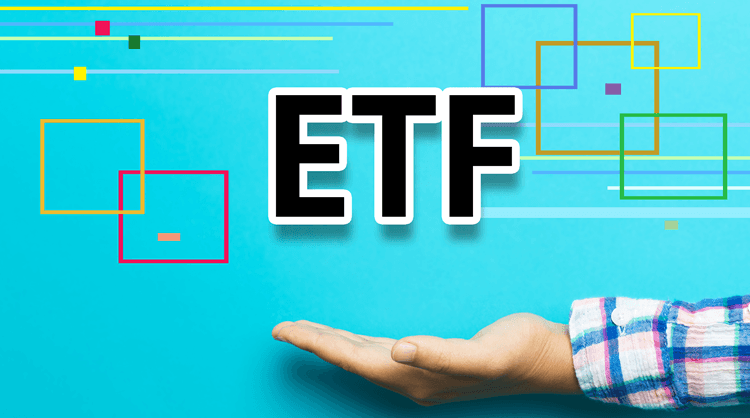What is an ETF?
To state it simply, Exchange Traded Funds (ETFs) are funds that track indexes such as the S&P 500, NASDAQ, Dow Jones, Russell 2000, etc. When an investor buys shares of an ETF, they are buying shares of a portfolio that tracks the yield and return of the related index. ETFs have been around since the early 1980s, but have become more popular to investors over the past ten years.
What are the benefits of an ETF?
By purchasing an ETF, investors get the diversification of an index fund, at a much lower cost. Some ETF shareholders are also entitled to a portion of the profits sometimes paid quarterly, such as dividends.
Examples of Widely Traded ETFs
- One of the most widely known and traded ETFs is SPY, which tracks the S&P 500 index. It is also referred to as the Spider (SPDR).
- The IWM ETF tracks the Russell 2000 index.
- The QQQ ETF tracks the Nasdaq 100 index.
- The DIA ETF tracks the Dow Jones Industrial index.
- There are also ETFs in certain sectors of the market which track individual industries such as oil (OIH), energy (XLE), financial companies (XLF, IYR), the biotech sector (BBH), etc.
- In addition, there are ETFs that track certain commodities such as crude oil (USO), gold (GLD), silver (SLV), and natural gas (UNG) – just to name a few.
There are also ETFs that track international stock market indices for most developed, and many emerging markets, as well as ETFs that track currencies across the globe.
ETFs can be more flexible than a mutual fund
ETF shares trade just like stocks trade. Unlike index mutual funds which are priced only after the market closes, ETFs are priced and traded constantly throughout the trading day. They can be bought, sold, or held for the long-term, exactly like common stock. Because their value is based on an underlying index, ETFs provide the added benefits of broader diversification for investors than shares of common stock in a single company. Because the ETFs that are based on the major indexes represent buckets of stocks, they often trade at a much higher volume than individual stocks. This higher volume means high liquidity, which may also allow traders to enter and exit ETF positions with minimum risk and expense.
Because the purpose of an ETF is to match a particular market index, this leads to a fund management style known as “passive management”. Passive management is believed to be one of the main distinguishing features of an ETF. Passive management brings numerous advantages for traders investing in index funds. In a nutshell, passive management means the fund manager only makes minor, periodic adjustments to keep the fund in line with its index. This is much different from an actively managed fund like most mutual funds, where the fund manager continually trades assets in an effort to outperform the market.
In summary
ETFs can be used by traders in many different ways. Some purchase ETFs to hedge an individual position; others may purchase them to hedge an entire portfolio. Others may trade ETFs just like long stock (buy low, sell high). While commission costs can add up when trading ETFs depending on the quantity purchased/sold, they are another tool traders can have in their toolbox to help keep an edge over the market.
How do you use ETFs in your trading? Feel free to comment.
If you are new to trading and need help identifying how ETFs may work for your trading style and experience level, there are many educational programs offered at Capital Discussions that will help you be on your way to success. Join the Beginner's Trading Group to get started.


